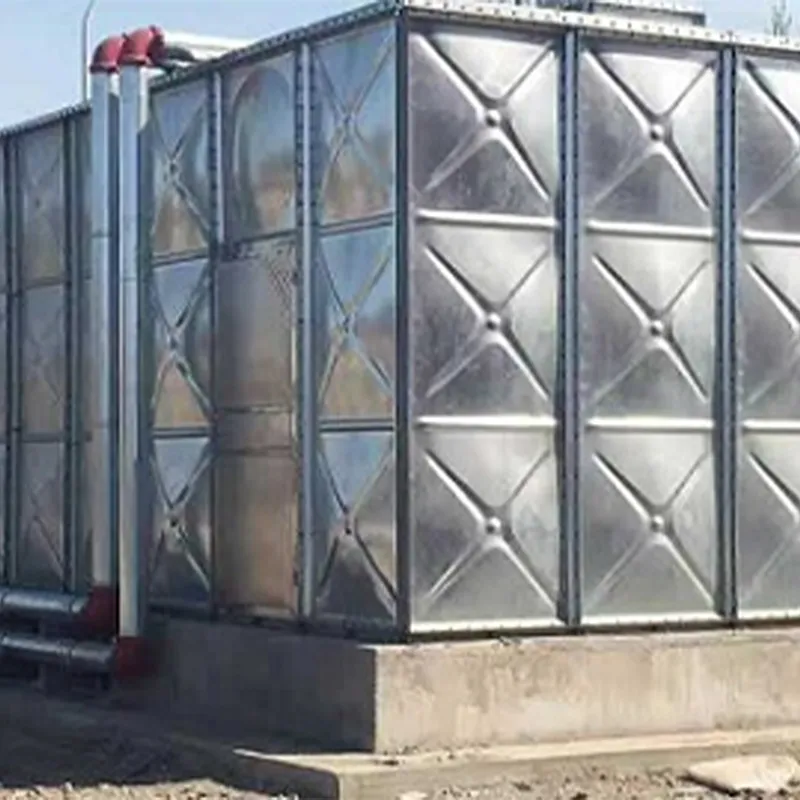loading...
- No. 9, Xingyuan South Street, Dongwaihuan Road, Zaoqiang County, Hengshui, Hebei, China
- admin@zjcomposites.com
- +86 15097380338
- Welcome to visit our website!
Exploring the Benefits of Reverse Osmosis Membrane Housing in Water Purification Systems
Understanding Reverse Osmosis Membrane Housing
Reverse osmosis (RO) is a widely adopted technology for water purification, known for its efficiency in removing contaminants from water. A crucial component of this system is the reverse osmosis membrane housing, which plays a vital role in ensuring the effectiveness and longevity of the RO process. In this article, we will delve into the importance, function, and various aspects of reverse osmosis membrane housing, as well as its impact on overall water treatment systems.
What is Reverse Osmosis Membrane Housing?
The reverse osmosis membrane housing is a protective casing that encloses the RO membrane. This housing serves multiple purposes, including providing structural support, facilitating the flow of water, and ensuring that contaminants are effectively separated from the purified water. Typically made from durable materials such as polycarbonate or fiberglass-reinforced plastic, the housing is designed to withstand high pressure, making it crucial for the high-pressure operation typical of reverse osmosis systems.
The Role of Membrane Housing in RO Systems
The primary function of the membrane housing is to maintain the integrity of the RO membrane while facilitating efficient water flow. Here are a few essential roles it plays
1. Protection The membrane is a delicate component that can be easily damaged by physical stress or exposure to harsh chemicals. The housing protects it from external damage and maintains its functionality over time.
2. Pressure Regulation RO systems operate under high pressure to force water through the membrane. The housing is expertly designed to withstand these pressures, ensuring that the membrane can perform effectively without risk of bursting.
3. Flow Management The design of the housing is optimized to manage the flow of both feed water entering the system and permeate (purified water) exiting it. This ensures a smooth and efficient water purification process.
4. Facilitating Maintenance Membrane housings are often designed for easy access, which simplifies maintenance tasks. This accessibility is crucial for regular checks and membrane replacements, ensuring uninterrupted water purification.
Types of Membrane Housing
reverse osmosis membrane housing

There are several types of reverse osmosis membrane housing, each designed to cater to different applications and requirements
1. Single Membrane Housing Typically used in residential systems, these units house a single RO membrane. They are compact and designed for household water purification needs.
2. Twin or Dual Membrane Housing These units can accommodate two membranes and are typically used in larger residential or light commercial applications to increase water output.
3. Multistage Membrane Housing Commonly found in industrial applications, these housings can contain multiple membranes and are designed to handle high volumes of water while efficiently filtering out a broad range of contaminants.
4. Customizable Housings Some manufacturers offer customizable options for membrane housing, allowing users to select the parameters that best fit their specific needs, including size, type of membrane, and desired output capacity.
Importance of Quality in Membrane Housing
Choosing the right quality of membrane housing is paramount to the success of an RO system. High-quality housings are crucial for
- Ensuring longevity Durable materials resist wear and tear over time, prolonging the lifespan of the RO system. - Maintaining Performance Quality housings prevent leaks and ensure that the system operates at optimum pressure, leading to better performance and higher purity levels. - Reducing Maintenance Costs Investing in quality membrane housing can minimize the frequency of repairs and replacements, ultimately saving money in the long run.
Conclusion
The reverse osmosis membrane housing may seem like a simple component of the water purification system, but its importance cannot be overstated. By ensuring protection, efficient flow management, and pressure regulation, it plays a crucial role in maintaining the effectiveness and efficiency of reverse osmosis technology. When selecting an RO system, it is essential to consider the quality and design of the membrane housing to ensure optimal performance and longevity. In an era where clean water availability is paramount, understanding and investing in high-quality reverse osmosis membrane housing is a step towards sustainable water solutions.
-
The Rise of FRP Profiles: Strong, Lightweight, and Built to LastNewsJul.14,2025
-
SMC Panel Tanks: A Modern Water Storage Solution for All EnvironmentsNewsJul.14,2025
-
GRP Grating: A Modern Solution for Safe and Durable Access SystemsNewsJul.14,2025
-
Galvanized Steel Water Tanks: Durable, Reliable, and Ready for UseNewsJul.14,2025
-
FRP Mini Mesh Grating: The Safer, Smarter Flooring SolutionNewsJul.14,2025
-
Exploring FRP Vessels: Durable Solutions for Modern Fluid HandlingNewsJul.14,2025
-
GRP Structures: The Future of Lightweight, High-Performance EngineeringNewsJun.20,2025
